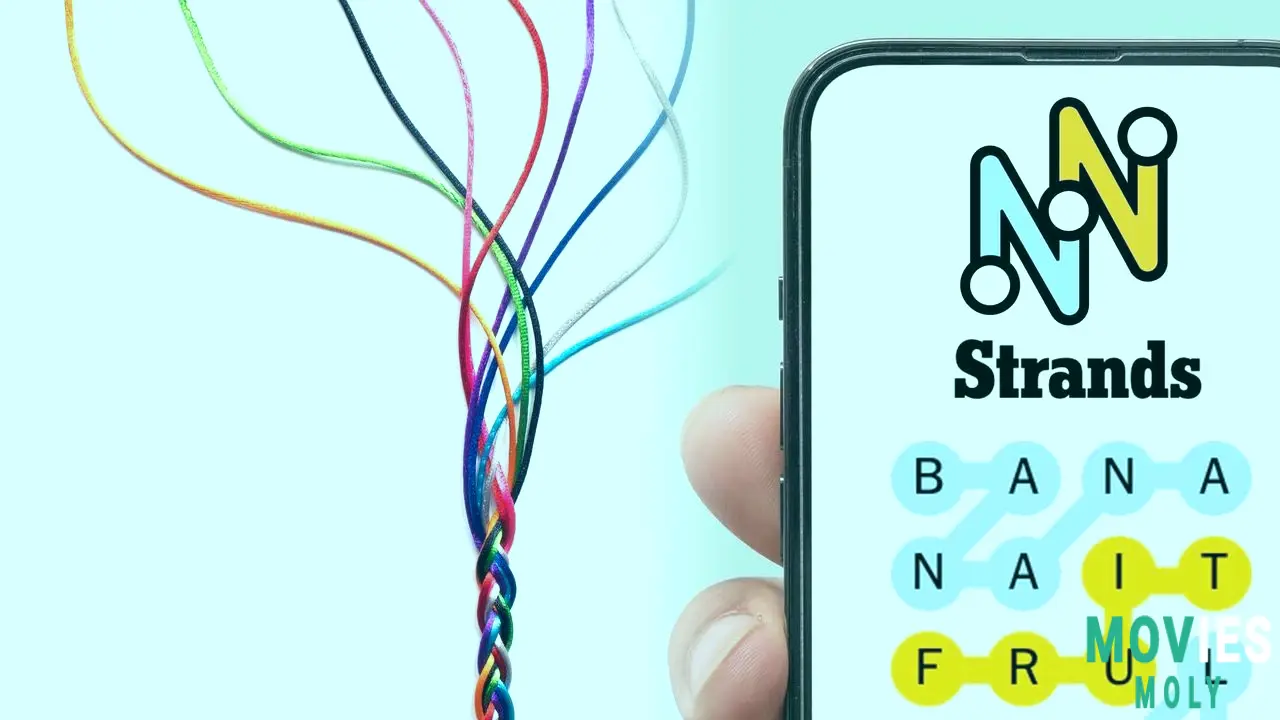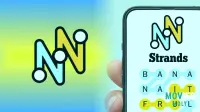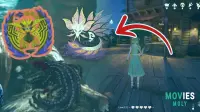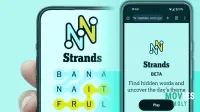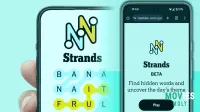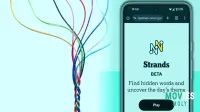I adore word puzzles, so I was excited to see Nyt Strands when it came out. It presents a new difficulty when compared to the grids of Wordle or Connections. Strands is different from other games since it makes me think about how words are connected in a new way. That's why I keep coming back. It's not enough to just know words; you also need to be able to see underlying patterns and connections. Some days are harder than others, but the pleasure of getting every letter to fit keeps me going.
A lot of individuals I know are frustrated with Strands because they feel stuck even with the theme. I really get how you feel! There have been many mornings when I look at the grid and think that the answer isn't there. But after a lot of trying and failing and scratching my brain, I've come up with a strategy to solve each challenge that works for me. It's more about having a plan than being smart. I want to discuss how I break down these daily word searches so that your own solving process goes more smoothly.
How I Start My Daily Strands Puzzle: Looking for the Hidden ConnectionsA clue, usually a phrase, starts each Strands game. This hint leads to a set of concealed words. These are the "theme words." The first thing I do is study this clue very attentively. I try to come up with as many distinct meanings or related thoughts as I can from that sentence. Is it a real hint? A pun? Sometimes it's a category, and other times it gives you clues about common phrases.
There are eight rows and six columns of letters on the game board. You have to connect letters in any direction—up, down, left, right, or even diagonally—to make words. You can only use each letter once. I don't instantly try to find the theme words when I glance at the grid. I look for longer words that stand out to me instead than trying to find ones that fit the theme. Sometimes, discovering a word that isn't a theme word can help you get a hint, which is a cool feature.
The key is to keep in mind that words can change shape. They don't have to be straight. I often use my finger or mouse to trace possible words to determine if a string of letters makes sense. It's like looking for shapes in clouds; sometimes you see them, and sometimes you don't. I think it's vital not to push a word if it's not clear right away. Moving forward and returning back often helps a word show itself.
My Method for Finding the Spangram: A Key to Solving the Puzzle
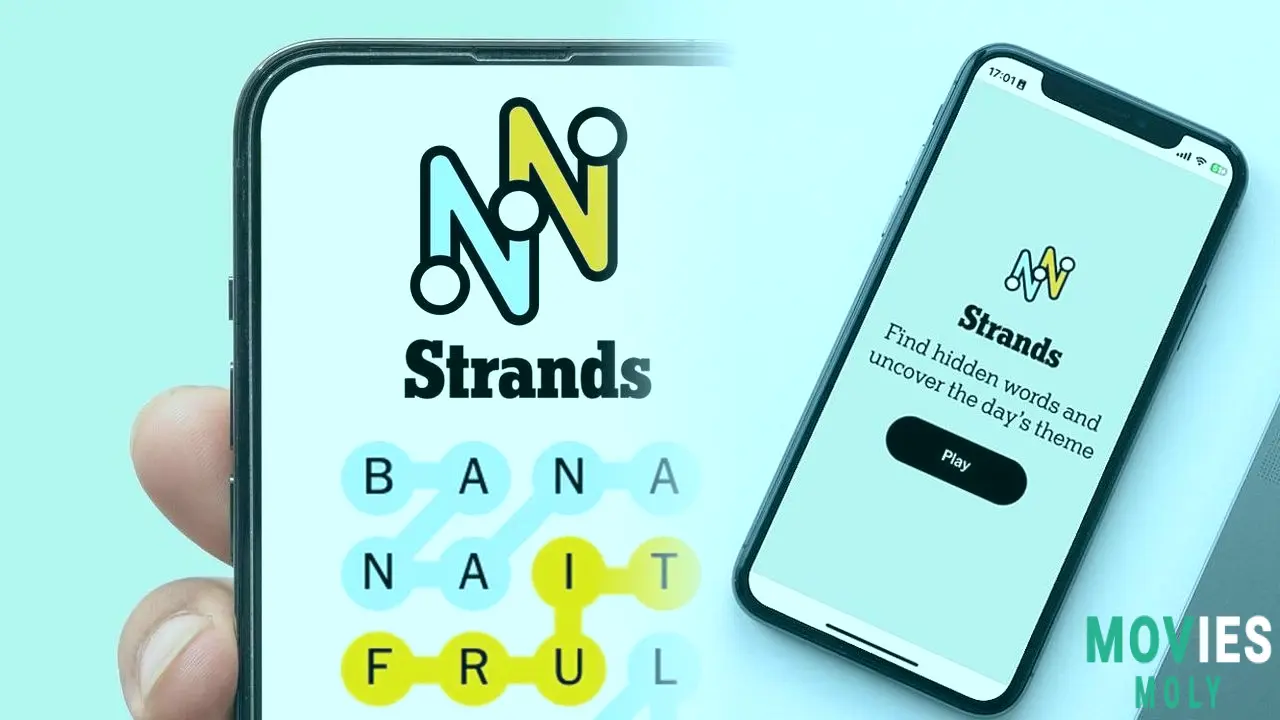
In Strands, the "spangram" is a very important word or phrase. It's one of a kind since it goes all the way across the board, either from top to bottom or left to right. This word makes it clear what the puzzle is about. Finding the spangram early can help you figure out the rest of the puzzle. It turns yellow when you locate it, and all of the other blue "theme words" make a lot more sense all of a sudden.
When I look for the spangram, I usually look for the longest words on the board that seem to go from one side to the other. If the theme is "Things You Find in a Garden," I might look for something like "GARDENVEGETABLES." It's usually a phrase or a compound term that really sums up the whole idea. I also pay great attention to letters that look like they don't go with other little words. These are often included in the bigger spangram.
Of course, it's not always easy. The spangram can be hard to read at times, such when it runs backwards or at an odd angle. But knowing that it has to connect two opposed sides provides me a small area to work with. When looking for this word, I think that being persistent will help. If I'm truly puzzled, I might even try to guess a few words that aren't related to the theme to get a suggestion. I hope it will help me find a part of the spangram. I see it as a useful tool, not a sign of failure.
When to Use Hints in Strands: My Thoughts on Getting Some Help
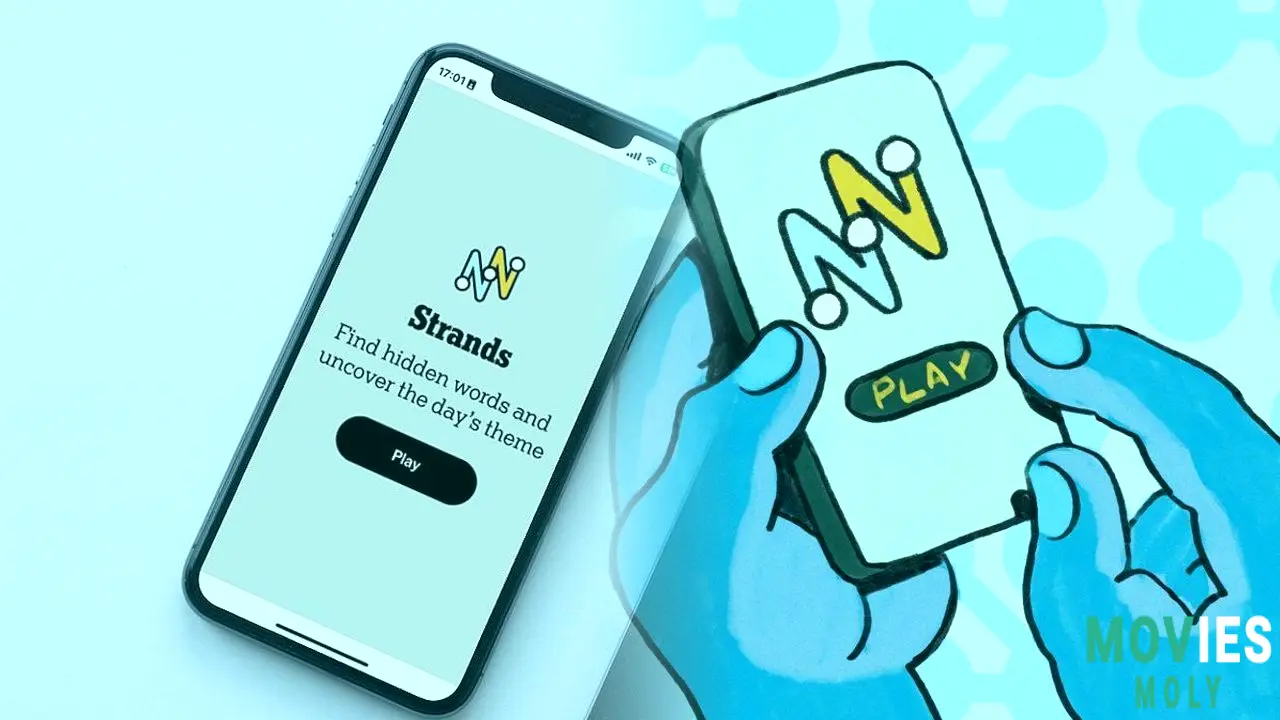
Strands doesn't punish you for taking your time or seeking help, which is different from some other word games. You can't really "fail." You get a hint if you can discover three real words that aren't part of the subject. When you click the hint button, one of the theme words' letters will be highlighted, making it easier to find. If you use a different hint for the same word, it will show you the order of the letters.
I think this hint system is really fair. I don't view clues as a method to get ahead; I see them as a tool to help my brain work better. When I see one theme word highlighted, it often helps me figure out what angle the puzzle makers are taking with the theme. If the subject is "Things with Rings" and a hint says "TREE," I know to look for items like "WEDDING" or "JEWELRY" instead of just "PLANET." It makes the search a lot easier.
This is my own rule: I don't even think about a hint until I've been puzzling for at least 10–15 minutes. If I'm really stuck after that and have enough words that don't fit the topic, I'll use one. It's a strategic option, not a show of weakness. I typically feel even better when I get that one suggestion since I worked hard to get it.
My Hypothetical Way of Giving Today's Strands Hints

Let's say the official topic for a typical Strands puzzle today is "Something You Build." This is a really wide question, and that's usually where the trouble starts. I would give more and more direct nudges.
My First Thoughts About the Theme of This Puzzle
The topic is "Something You Build," so I would think about all the numerous ways you can "build" anything. Are we talking about things that are real? Ideas that aren't real? Structures? I would think of things or phrases that spring to me. This kind of theme makes me think about everything from small, simple things to big, complicated things.
For a puzzle like this, I would propose starting by looking for phrases that indicate operations like constructing or sorts of materials used. Don't only use nouns. Think about verbs as well!
A Hint Progression in Steps
First, a hint that isn't too direct: "Think about foundations." This could help you find words that have to do with the base of anything or the commencement of a project. Next, a hint that is a little more direct: "Think about where people live or work." This would be more detailed about the kinds of structures or homes. Lastly, for people who are really stuck, I would offer them the beginning letters of things like "CO..." or "BR..." to help them figure out what they mean. I think that this slow unveiling helps your brain get used to the puzzle's unique logic.
Showing Today's Spangram (My Example)
For our made-up "Something You Build" topic, after a lot of thought and connecting the dots on the grid, I would say that the spangram is: CONSTRUCTION. This one word really ties the whole puzzle together by revealing that all the theme words have to do with making or forming something big and real.
This is a great example of how the spangram isn't simply a word; it's the thing that holds the whole puzzle's cognitive process together. When you see the word "CONSTRUCTION," words like "HOUSE," "TOWER," "BRIDGE," and "FACTORY" might come to mind. When the spangram shows up in yellow, it's a moment of pleasant clarity.
My Last Thoughts on the Strands Experience
NYT Strands has rapidly become a favorite part of my day. It's a smart addition to The New York Times' collection of puzzles since it makes you think in a different way than the others. When I solve a really hard one, I feel really smart, and when I need a suggestion, I feel quite humble.
I think it's a great game that is both easy and hard. It's really exciting to see every letter light up as you finish the grid. I think Strands is a unique and fun game that sticks out in the congested world of online games, whether you've played word puzzles before or are just starting out. Try it out, and maybe my method can help you solve today's challenge and many more in the future.
You can play NYT Strands every day on the New York Times Games website and app.

